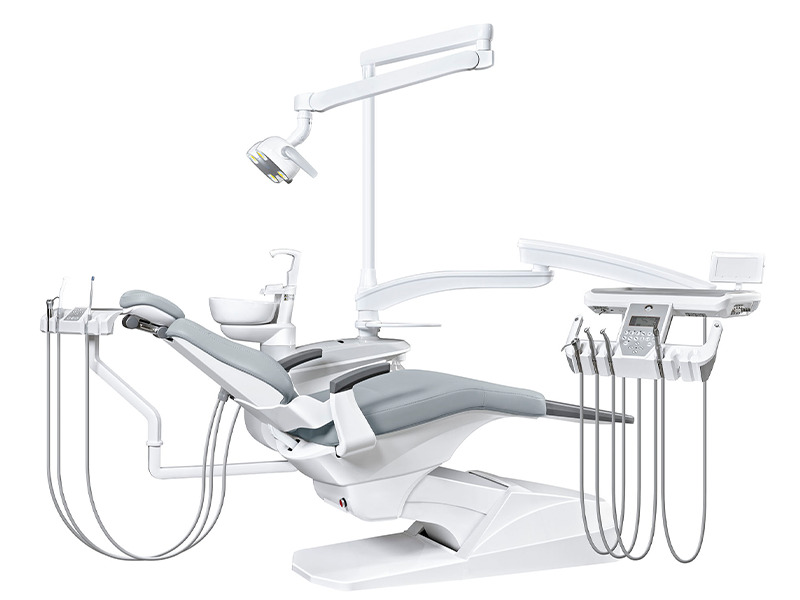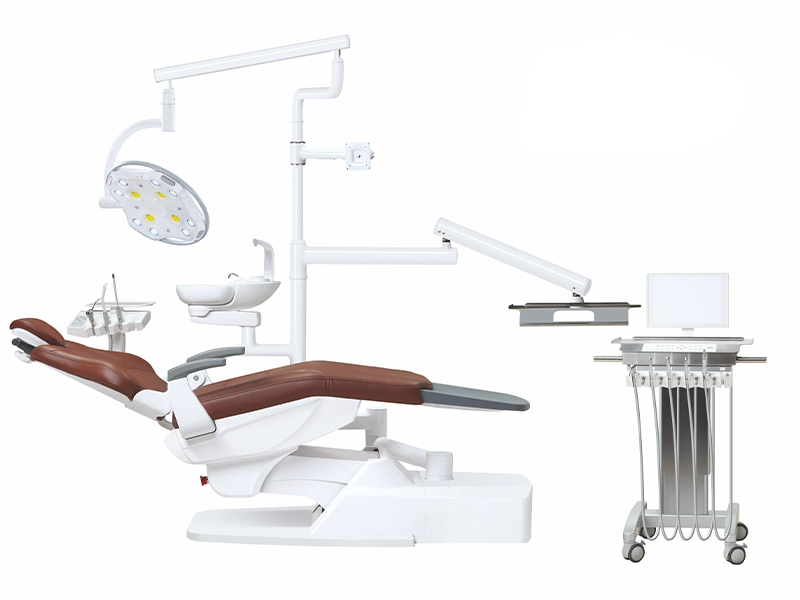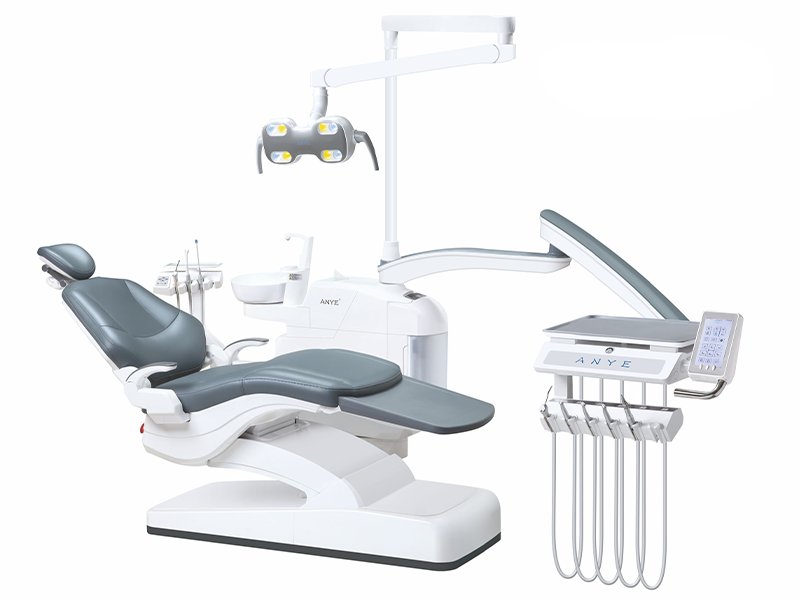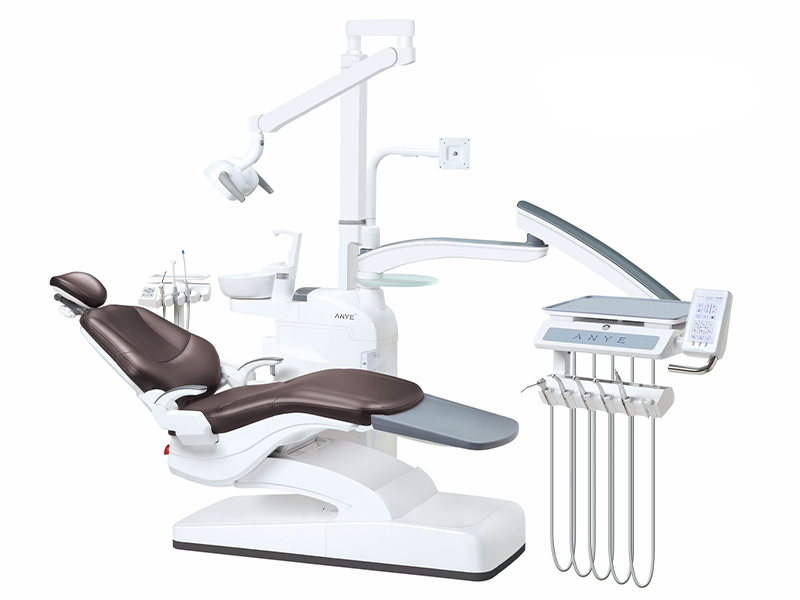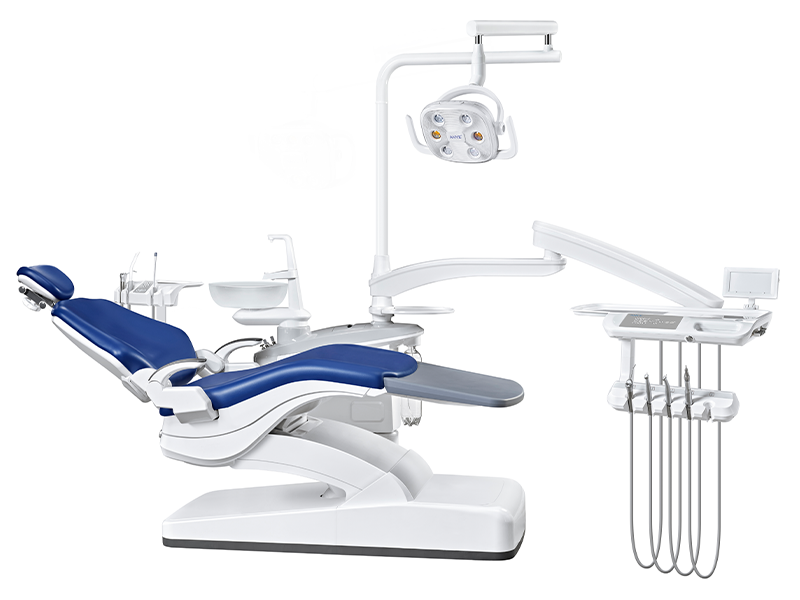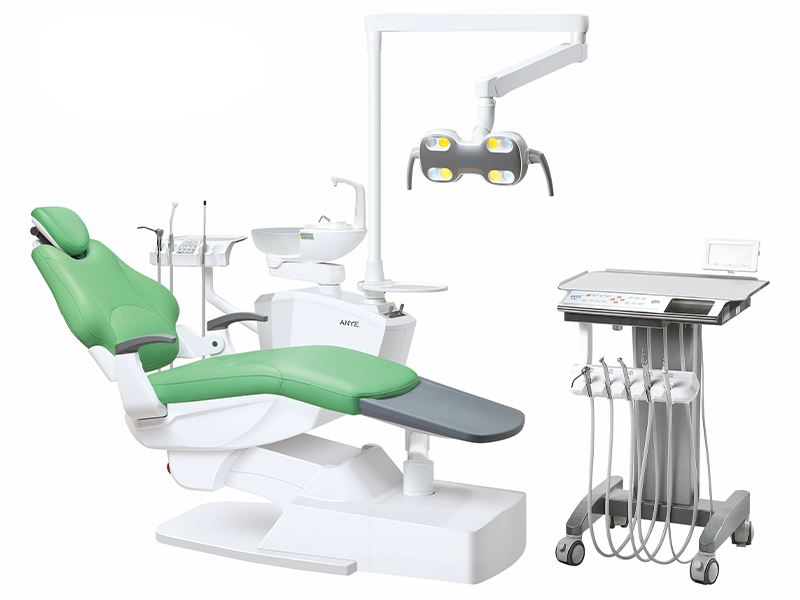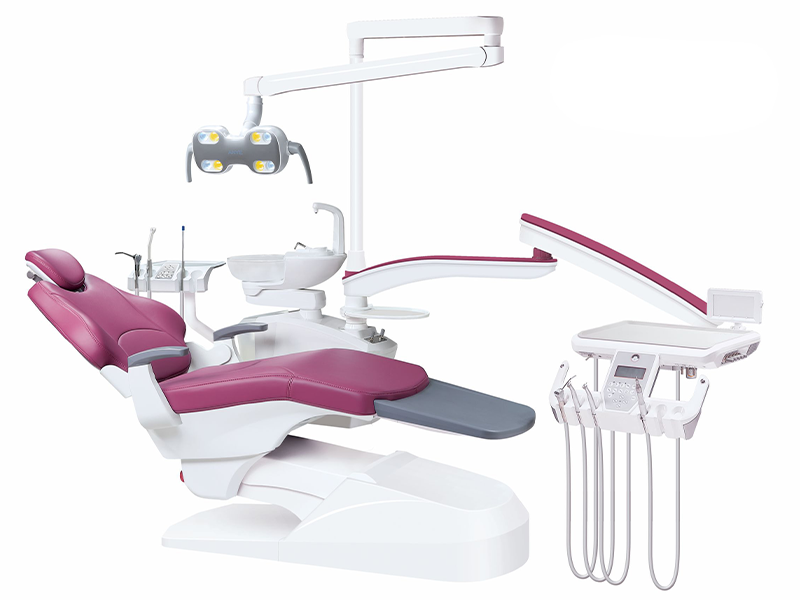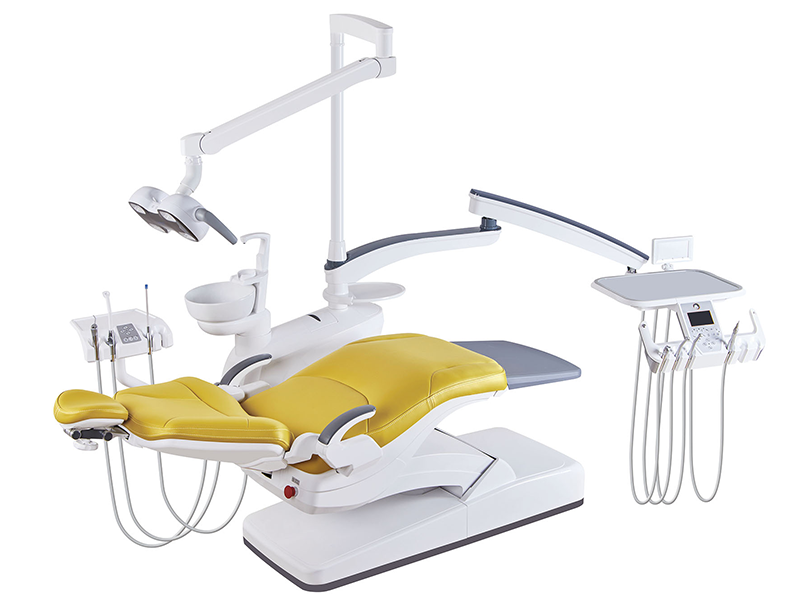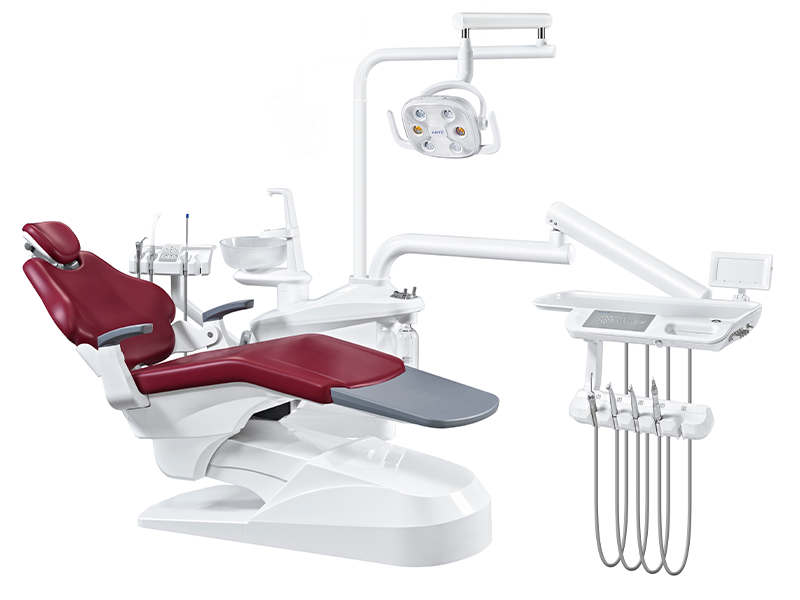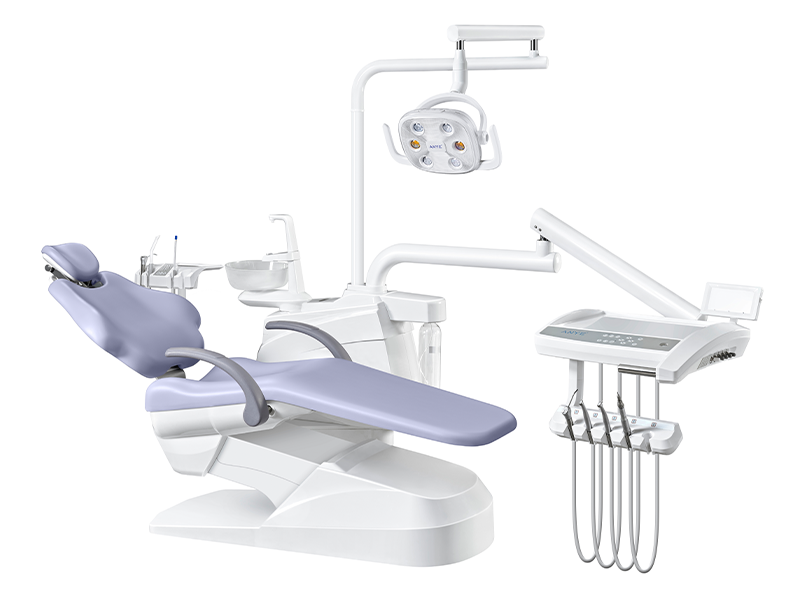Is your dental chair underperforming or showing signs of wear? You’re not alone. Studies show that 80% of dental chair issues stem from improper maintenance, leading to costly repairs and downtime. At Anye Dental, a global leader with CE and ISO13485 certifications, we understand the importance of keeping your equipment in top shape. That’s why we’ve crafted this comprehensive Dental Chair Maintenance Guide packed with 20+ expert tips to help you maximize the lifespan of your chair while ensuring patient safety and compliance.
In this guide, you’ll discover step-by-step maintenance routines, common mistakes to avoid, and proven strategies to keep your chair running smoothly for years. Whether you own an AY-215A Series for general dentistry or a specialized AY-215C5 sterilization chair, these tips apply to all models. Ready to extend the life of your dental chair and enhance your practice’s efficiency? Let’s get started!
For more insights, check out our guides on choosing the best dental chair or how to disinfect your dental chair.
Daily Cleaning and Disinfection of Dental Chairs
A clean and hygienic dental clinic is the foundation of effective infection control. Dental chairs, being high-touch surfaces, are particularly vulnerable to contamination during procedures. Implementing a structured daily cleaning and disinfection routine is not just a best practice—it’s a necessity for patient safety and compliance with hygiene standards.
Essential Steps for Daily Cleaning of Dental Chairs
-
Wipe Down All Surfaces
After each patient, use an EPA-registered disinfectant to clean all chair surfaces, including the seat, backrest, headrest, armrests, and footrest. This step ensures the removal of harmful pathogens and maintains a sterile environment for the next patient. -
Disinfect High-Touch Areas
Focus on frequently touched components such as instrument holders, trays, and control panels. These areas are hotspots for germs and require meticulous disinfection to prevent cross-contamination. -
Flush Handpieces and Waterlines
Run handpieces, air/water syringes, and suction valves for at least 30 seconds after each use. This practice prevents debris buildup and ensures the equipment remains hygienic and functional. -
Replace Disposable Barriers
Swap out disposable headrest covers and seat shields after every patient visit. This simple yet effective step minimizes the risk of cross-contamination and upholds a high standard of cleanliness.
Why Daily Cleaning is Crucial for Dental Chairs
Regular cleaning and disinfection of dental chairs not only uphold hygiene but also extend the equipment’s lifespan by preventing damage caused by contaminants. Consistent disinfection practices significantly reduce the risk of infections for both patients and dental staff. According to Dr. Chen Li, using hospital-grade disinfectants that target bacteria, viruses, and fungi is vital. Always follow the manufacturer’s guidelines for proper application and contact time to ensure maximum effectiveness.
Benefits of a Structured Cleaning Routine
- Enhanced Patient Safety: A clean dental chair reduces the risk of infections, ensuring a safer experience for patients.
- Prolonged Equipment Life: Regular cleaning prevents wear and tear caused by contaminants, saving costs on repairs and replacements.
- Compliance with Standards: Adhering to daily cleaning protocols helps dental practices meet industry hygiene regulations.
Weekly and Monthly Maintenance Tasks for Dental Chairs
To ensure the longevity and optimal performance of dental chairs, adhering to a structured maintenance schedule is essential. Regular upkeep not only enhances functionality but also prevents costly repairs and downtime. Below, we outline the critical weekly and monthly maintenance tasks recommended by Anye Dental, a global leader in dental chair solutions with CE and ISO13485 certifications, serving over 60+ countries from its 15,000+ sqm facility equipped with advanced technology like Kuka robots and laser cutting.
Weekly Maintenance Tasks for Dental Chairs
-
Lubricate Moving Parts
Apply a manufacturer-approved lubricant to hydraulic components to ensure smooth operation and reduce wear and tear. Proper lubrication is crucial for maintaining the AY-215A Series and other models like the AY-215B5, which feature specialized sterilization capabilities. -
Check Filters
Inspect water and air filters for clogs or dirt. Replace them if necessary to maintain optimal performance. This step is particularly important for models like the AY-215C5, designed for implant procedures. -
Inspect O-rings
Examine O-rings on handpieces for damage or wear. Lubricate or replace them as needed to prevent leaks and ensure proper functionality. -
Test Chair Functionality
Raise and lower the chair fully while listening for unusual noises, which may indicate potential mechanical issues. This is especially critical for ergonomic models like the AY-215E1 Rehabilitation Chair. -
Clean Surfaces
Disinfect all hard surfaces in the operatory after each use to maintain hygiene and prevent contamination.
Monthly Maintenance Tasks for Dental Chairs
-
Run Vacuum Line Cleaner
Use a vacuum line cleaner to remove debris from the suction system and prevent blockages. This is vital for maintaining the efficiency of models like the AY-215B Series. -
Clean Solids Collector
Empty and clean the solids collector and amalgam separator to avoid clogs and ensure efficient operation. -
Drain Ultrasonic Cleaner
If your practice uses an ultrasonic cleaner, drain and clean it monthly to maintain its effectiveness. -
Check Hydraulic Fluid Levels
Inspect hydraulic fluid levels and top them up according to the manufacturer’s guidelines to ensure smooth chair movement. -
Inspect Upholstery
Examine the upholstery for signs of wear or damage. Address any issues promptly to maintain comfort and hygiene, especially for pediatric models like the AY-215D Series.
Why Regular Maintenance Matters
Regular maintenance is vital for identifying potential issues before they escalate into major problems. By following these weekly and monthly tasks, dental practices can uphold high standards of care, minimize equipment downtime, and extend the lifespan of their dental chairs. Anye Dental recommends integrating these practices into your routine to ensure reliable performance and patient satisfaction.
Annual Professional Servicing of Dental Chairs
Just like vehicles need regular tune-ups, dental chairs require professional servicing every year to ensure they operate efficiently and safely. This critical maintenance not only extends the lifespan of your equipment but also ensures compliance with safety regulations, a must for any dental practice. Think of it as a health check-up for your dental chair—skipping it could lead to costly repairs, safety risks, and a poor patient experience.
What Happens During Annual Dental Chair Servicing?
During a professional servicing visit, certified technicians from Anye Dental perform a series of essential tasks to keep your dental chair in top condition. Here’s what you can expect:
-
Inspect All Components
Technicians thoroughly check every part of the chair for wear, damage, or malfunctions. Early detection of issues prevents larger problems and costly repairs down the line. -
Calibrate Settings
Adjustments are made to the chair’s settings and controls to ensure optimal performance. Proper calibration guarantees smooth operation, meeting the needs of both patients and practitioners. -
Replace Worn-Out Parts
Any damaged or worn components, such as valves, O-rings, or gaskets, are replaced to maintain functionality. This proactive step minimizes the risk of unexpected breakdowns during procedures. -
Test Safety Features
Safety mechanisms are rigorously tested to ensure they function correctly, safeguarding patient safety during treatments. A reliable dental chair is a cornerstone of a safe healthcare environment. -
Update Firmware and Software
If applicable, technicians update the chair’s firmware or software to enhance performance and security. Regular updates improve efficiency and reduce vulnerabilities.
Dr. Li of Anye Dental emphasizes, “Our certified technicians undergo rigorous training to service dental chairs to the highest standards, ensuring your equipment performs flawlessly.”
Benefits of Regular Professional Servicing
Investing in annual servicing for your dental chairs offers numerous advantages:
- Extended Lifespan: Well-maintained chairs can last over 15 years, while neglected ones may require premature replacement.
- Cost Savings: Identifying and fixing minor issues early prevents expensive repairs or replacements later.
- Compliance and Safety: Regular servicing ensures your chairs meet health and safety regulations, protecting your practice from legal risks.
- Enhanced Patient Comfort: A smoothly functioning chair improves patient comfort during procedures, fostering trust and loyalty.
Daily and Weekly Maintenance Tips
In addition to annual servicing, daily and weekly maintenance practices are crucial for keeping your dental chairs in peak condition:
Daily Tasks:
- Flush handpieces and air/water syringes to prevent clogs.
- Lubricate moving parts for smooth operation.
- Disinfect the chair after each patient to maintain hygiene.
- Run suction cleaners to keep systems clear.
Weekly Tasks:
- Change traps on delivery units to avoid buildup.
- Check and replace O-rings and gaskets as needed to prevent leaks.
By combining these routine practices with annual professional servicing, you can ensure your dental chairs remain safe, efficient, and comfortable for years to come.
Why Choose Anye Dental for Your Servicing Needs?
Anye Dental’s team of certified technicians is trained to deliver top-tier servicing for dental chairs. With a focus on precision, safety, and compliance, we help dental practices maintain their equipment to the highest standards. Regular servicing with Anye Dental not only enhances operational efficiency but also builds patient trust by ensuring a safe and comfortable experience.
Following Manufacturer Guidelines
Every dental chair model has unique maintenance requirements, making it critical to follow the manufacturer’s guidelines. Anye Dental, a global leader in dental chair solutions with CE and ISO13485 certifications, provides detailed user manuals and maintenance schedules tailored to each of our models. Our state-of-the-art 15,000+ sqm facility, equipped with advanced technologies like Kuka robots and laser cutting, ensures precision and reliability in every product.
Model Overview
- AY-215A Series: Featuring AI, A2, A3, and A5 models, this series offers advanced ergonomics for long procedures.
- AY-215B Series: Includes B1, B2, B3, and the specialized sterilization model B5, delivering reliable performance for everyday use.
- AY-215C Series: Comprising C1, C2, C3, and the implant-focused C5, this series combines affordability with high-quality features.
- AY-215D Series: Pediatric models D2 and D3 designed for younger patients.
- AY Rehabilitation Chair: The E1 model supports specialized patient care.
“Ignoring the manufacturer’s guidelines can void your warranty,” warns Dr. Li. For more insights on selecting the right dental chair, visit How to Choose a Dental Chair.
Benefits of Following Manufacturer Guidelines
Adhering to these guidelines ensures proper product use, extends equipment lifespan, and maintains warranty coverage. Regular maintenance also minimizes the risk of unexpected repairs and costly downtime.
Common Dental Chair Issues and Troubleshooting Tips
Even with routine care, dental chairs may encounter issues. Here’s how to address common problems:
| Issue | Troubleshooting Steps |
|---|---|
| Chair Not Moving Up/Down | Check power supply and hydraulic fluid levels; contact a technician if unresolved. |
| Handpieces Not Working | Ensure proper seating; clean and lubricate couplers as needed. |
| Suction Loss | Inspect suction lines for blockages; use a vacuum line cleaner if necessary. |
| Error Codes on Display | Refer to the user manual for specific error codes; reset the system if applicable. |
“Proactive maintenance can prevent most common issues,” advises Dr. Li. For advanced troubleshooting, refer to Dental Chair Control Boxes.
Proactive Maintenance: Saving Time and Money
Addressing minor issues early prevents them from escalating into major problems. Regular inspections and timely repairs ensure your dental chair operates smoothly, reducing long-term costs.
Safety and Compliance: Key Considerations
Maintaining your dental chair is vital for meeting safety standards. Key practices include:
- Using EPA-Registered Disinfectants: Follow manufacturer instructions for cleaning.
- Wearing Appropriate PPE: Protect yourself during maintenance tasks.
- Proper Waste Disposal: Adhere to local regulations for waste management.
- Accurate Record Keeping: Document all maintenance activities thoroughly.
“Anye Dental is dedicated to helping practices maintain safety and compliance,” states Dr. Li.
The Role of Staff Training in Dental Chair Maintenance
Effective maintenance requires teamwork. Ensure your staff is trained on:
- Daily, weekly, and monthly maintenance tasks.
- Specific guidelines for your equipment.
- Troubleshooting common issues efficiently.
“Designate a staff member to oversee dental chair maintenance,” recommends Dr. Li. Ongoing training fosters a culture of safety and ensures all team members understand their roles.
Conclusion
Maintaining your dental chair is more than just a routine task—it’s a commitment to optimal performance and patient safety. Did you know that 90% of dental chair malfunctions are preventable with proper care? By following the daily cleaning routines, periodic maintenance checks, and annual professional servicing outlined in this guide, you can extend your chair’s lifespan and ensure it operates flawlessly. At Anye Dental, we’re here to support you with CE and ISO13485-certified products and a global service network spanning 60+ countries.
Ready to elevate your practice? Explore our AY-215 Series, featuring advanced models like the AY-215B5 and AY-215C5, designed for specialized sterilization and patient comfort. For more tips or to schedule a service, visit our Dental Chair Maintenance Guide or contact our team today. Your dedication to maintenance not only enhances equipment performance but also ensures exceptional care for every patient. Let’s keep your practice running smoothly—Anye Dental is here to help!

